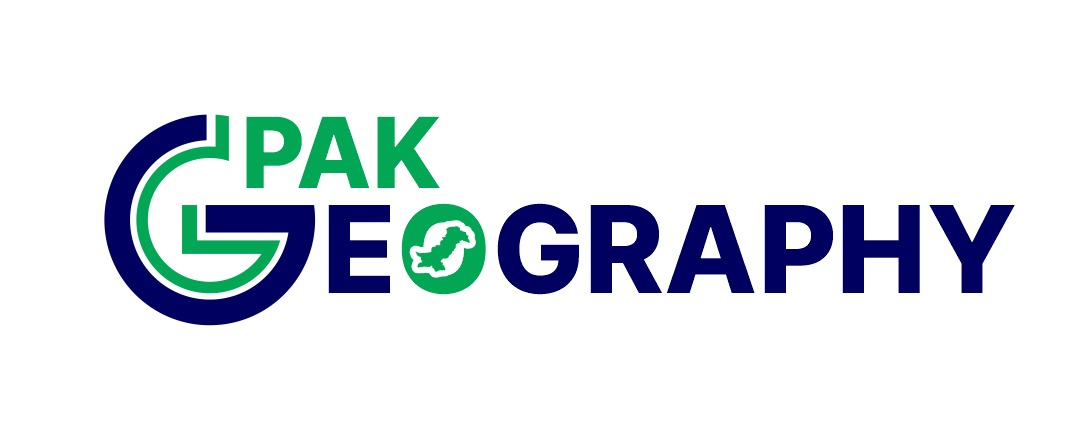Bhaini is a large village located in Tehsil Multan City of Multan District, Punjab Province, Pakistan. As per the 2023 Pakistan Bureau of Statistics census, the village hosts a total population of 11,675 individuals, consisting of 5,943 males and 5,732 females. Females constitute 49.1 percent of the population, while males make up 50.9 percent. The village spans 2,359 acres, resulting in a population density of approximately 4.95 persons per acre. Bhaini stands out as a well-populated and significantly dense rural locality within Multan District,
Remarkable Educational Achievement in Bhaini
Bhaini demonstrates a commendable literacy rate of 61.4 percent for the population aged 10 years and above, which is nearly identical to Multan District’s overall literacy rate of 61.41 percent. Male literacy is recorded at 66.0 percent, slightly below the district’s male literacy rate of 67.28 percent by 1.28 percentage points. Female literacy in Bhaini is 56.4 percent, surpassing the district female literacy rate of 55.27 percent by 1.13 percentage points. This balanced performance reflects sustained educational efforts in both genders.
Primary but below Matric education has been achieved by 1,295 males and 1,067 females in Bhaini.
At the Matric but below Degree level, 956 males and 742 females are educated.
Degree and above qualifications have been attained by 385 males and 291 females.
These figures illustrate that over 1,300 residents (male and female combined) have pursued higher education, an encouraging statistic in a rural context.
Religious and Age Composition
Out of the total population, 11,658 residents identify as Muslim, while 17 belong to other faiths.
The number of residents aged 10 years and above stands at 8,446. The adult population aged 18 years and above is 6,502, forming the village’s core working demographic. Bhaini also houses 563 senior citizens aged 60 years and above, reflecting a mature segment of the population.
Despite being a rural settlement, Bhaini’s educational performance is highly consistent with district-level averages. Notably, its female literacy rate slightly exceeds the district’s average, which is a positive indicator of gender-inclusive educational development. The village’s commitment to academic progression and equitable literacy is evident in its consistent statistics across various attainment levels.
Data Summary
| Parameter | Value | District Comparison |
|---|---|---|
| Population | 11,675 | – |
| Males | 5,943 (50.9%) | – |
| Females | 5,732 (49.1%) | – |
| Literacy Rate | 61.4% | Nearly equal to district (61.41%) |
| Male Literacy | 66.0% | 1.28% below district |
| Female Literacy | 56.4% | 1.13% above district |
| Adult Population (18+) | 6,502 | – |
| Senior Citizens (60+) | 563 | – |
| Area | 2,359 Acres | – |
